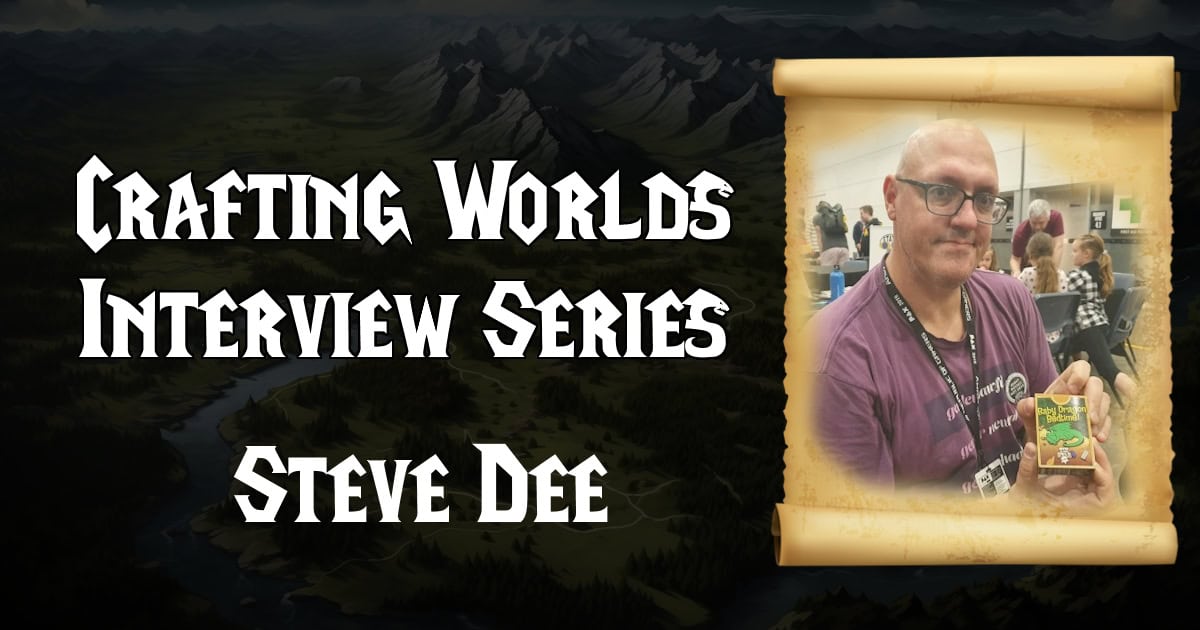
Steve Dee is a well-known name in various circles within the tabletop gaming community, encompassing both Roleplaying Games (RPGs or TTRPGs) and traditional boxed games.
His impressive track record includes winning four ENnie awards for his contributions to RPGs such as Warhammer Fantasy, Doctor Who, Shadow of the Demon Lord, and Vampire: The Requiem. Beyond that, Steve founded TinStar Games and has independently produced a diverse range of games, including titles like “Baby Dragon Bedtime,” “Relics,” “The Score,” and “Partners.”
With over twenty-five years of experience in the game industry, Steve has worn many hats. He has been a journalist, writer, editor, designer, consultant, speaker, organizer, educator, and publisher. Today, we delve into Steve’s creative process, exploring how he crafts immersive worlds and what criteria he considers when evaluating new games.
Steve, you have worked for some pretty big, albeit UK, based franchises. Warhammer Fantasy, Doctor Who and Vampire: The Requiem. What did you learn from being part of these large organisations?
My journey into the world of game design began with a dream: working on Warhammer. Back then, the path to becoming a game designer was more traditional—landing a job with an established company. But times have changed. Thanks to platforms like Kickstarter, crowdfunding, and the Internet, aspiring designers now have an alternative route: self-publishing.
For me, the allure of freelancing was strong. I tinkered with my own game designs, albeit in a laid-back manner. Meanwhile, I immersed myself in Warhammer, playing it relentlessly. As fate would have it, I also dabbled in the Buffy RPG during some of its productions. My collection of RPGs grew, and I reveled in running these games for my friends.
Then came a pivotal realization: If I could create content for my players, why not leverage it to showcase my skills? So, I ventured into freelancing, using my passion for Warhammer as a stepping stone. It was a gift—an opportunity to build within a beloved world I knew intimately.
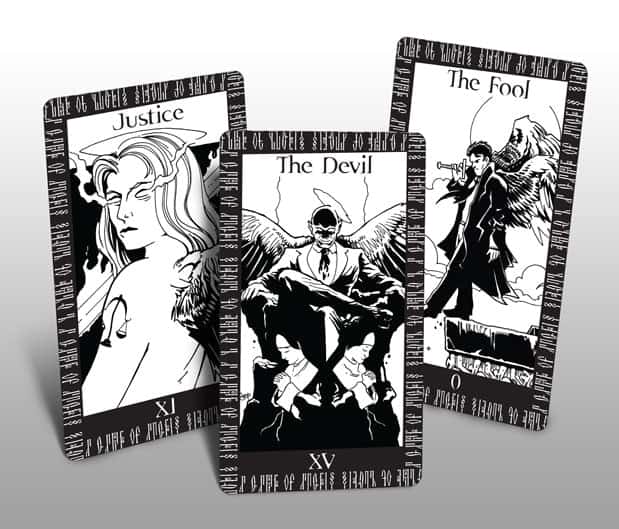
So, were you able to create lore, you had the freedom to add to what already existed?
Absolutely, the intricate dance between canon and creativity in the Warhammer universe is fascinating. While not everything makes it into the official lore, those hidden gems—crafted by passionate writers like yourself—can sometimes find their way into the hearts of fans and become part of the rich tapestry.
My experience with the Kislev supplement exemplifies this beautifully. I wrote a poem as part of the scene setting for the supplement, imagine people singing it echoing around the fire in Kislev, it has now transcended time and medium. Then the team behind the Total War Warhammer game chose that poem and made it into a song as part of the trailer. It became a musical time capsule, connecting my creative spark from two decades ago to the present day. It really is a testament to the enduring power of storytelling.
So, there you are—a bard of sorts—your words echoing across the digital battlefields of Kislev, forever etched into the annals of Warhammer history.
Yea, it really makes you want to keep weaving those tales, for they ripple through the ages, shaping worlds and inspiring new generations of adventurers!
Were you working from the UK or Australia?
I was working from Australia. I used to say that the history of games design, indeed lots of creative endeavours, particularly in Australia, can be divided between before the Internet and after the Internet. I am old enough to remember applying for a few game design jobs by mail. So that was back in the late 90s. It was still about putting a resume, printing it out, and sending it off.
Once we got the Internet, we were able to freelance from anywhere in the world and that just made things so much easier. It was also like with role playing games because you’re it’s all about writing. You don’t need to be in the same place.
When did you start TinStar Games and why go solo?
The idea sort of grew organically. Around 2001 or 2002, I wrote a role-playing game based on The Matrix called “There is no spoon.” Later, we adapted the same mechanics for a Star Wars game called “There is no try.” People started referring to it as the TIN (There Is No) Star system, with the “star” being interchangeable. I thought, if I ever start a company, I’ll call it Tin Star Games.
That’s how my game company began. When I first got a Gmail account, it became my email address.
It wasn’t until 2017/18, about 20 years after being in the industry, that we decided to seriously pursue publishing. After attending PAX AUS in 2016, I thought maybe I could publish my own RPG. Tin Star Games became more official when we released Relics.
Community seems to be pretty important for game designers, you co-founded the Roleplaying Game Developers of Australia group on Facebook. What do you feel is the best thing about these kinds of groups?
(note the author is an admin and co-founder of this group and a Treasurer of the sibling group Tabletop Game Designers Australia)
I think design can be very lonely. The arts, in general, can be isolating. There’s a lot of putting yourself out there and wondering if what you’ve created is good, with no real way to know for sure.
What you create holds meaning for you, but you can’t be certain if it will resonate with anyone else. Actors get to perform on stage and receive applause, but as a game designer, you might not even know how your work is received. Sometimes, you don’t even hear about your sales, especially as a freelance writer. You send your work off to a publisher and might never know if anyone reads or cares about it.
This isolation and lack of feedback make it very difficult. You’re constantly putting yourself out there with very little reassurance. There are numerous struggles that come with being a creative person. It’s important to be able to talk to someone who understands and can say, “Yeah, I struggled with that too.” This shared understanding is crucial.
Nourishment and restoration come from attending events and meeting others who have faced similar challenges. Seeing people who have taken their projects far, even after hitting walls, and have eventually succeeded, is very inspiring. You recognize their struggles and see their successes, which is incredibly motivating.
These people are real, they’re working very hard, and they deserve their success. It’s inspiring to witness both their struggles and their triumphs.
You are often taking on roles as an educator. Besides the great benefits for the wider gaming community, what do you get out of passing on your knowledge and skills?
For me, I feel like we should always be helping others because the industry can be so hard, isolating, and confusing.
It might be part of my nature, but I believe that even if a rising tide doesn’t always lift all boats, helping out the industry and increasing visibility for others is important. It benefits everyone.
People have helped me, and I’ve found that helping others builds good relationships. When you create good relationships, people remember you and might want to collaborate or support you in the future.
When working freelance, I met people at conventions and offered to help, saying, “Can I mind the booth for a bit? Do you need a coffee?” This is how I got my first convention spot. I asked if I could help and maybe display one of my books.
Before I was employed, I wrote a lot of material for games because it excited me, and I wanted to add value to their products.
Helping people above or below me feels the same—it’s about building a good relationship and a strong industry. Helping others also helps me clarify my own knowledge and sometimes leads to paid consulting work. It’s valuable to synthesize what you know and share your experiences.
Many successful people in the industry understand the importance of helping others because they’ve been helped themselves. They share their knowledge and experiences.
For example, I enjoy reading Rami Ismail’s blog, Leveling the playing field. He shares his knowledge to ensure everyone has an equal footing. It’s a great blog to subscribe to.
The Score (2024 Freeplay Independent Games Festival Awards Winner) is your latest game. The base game can be run with a mere 29 cards. Was this a deliberate decision, to make a game with a limited card palette?
It started out as an entry to a competition. Button Shy, a company known for making 18-card games, inspired a challenge to create a game using just 18 or even nine cards.
Historically, playing cards are designed to fit approximately nine poker-sized cards on a sheet of paper, with printing typically done two sheets at a time. This makes 18 the standard unit for printing cards. This is why a standard deck of playing cards has 54 cards, with the jokers added to make use of the entire printing sheet.
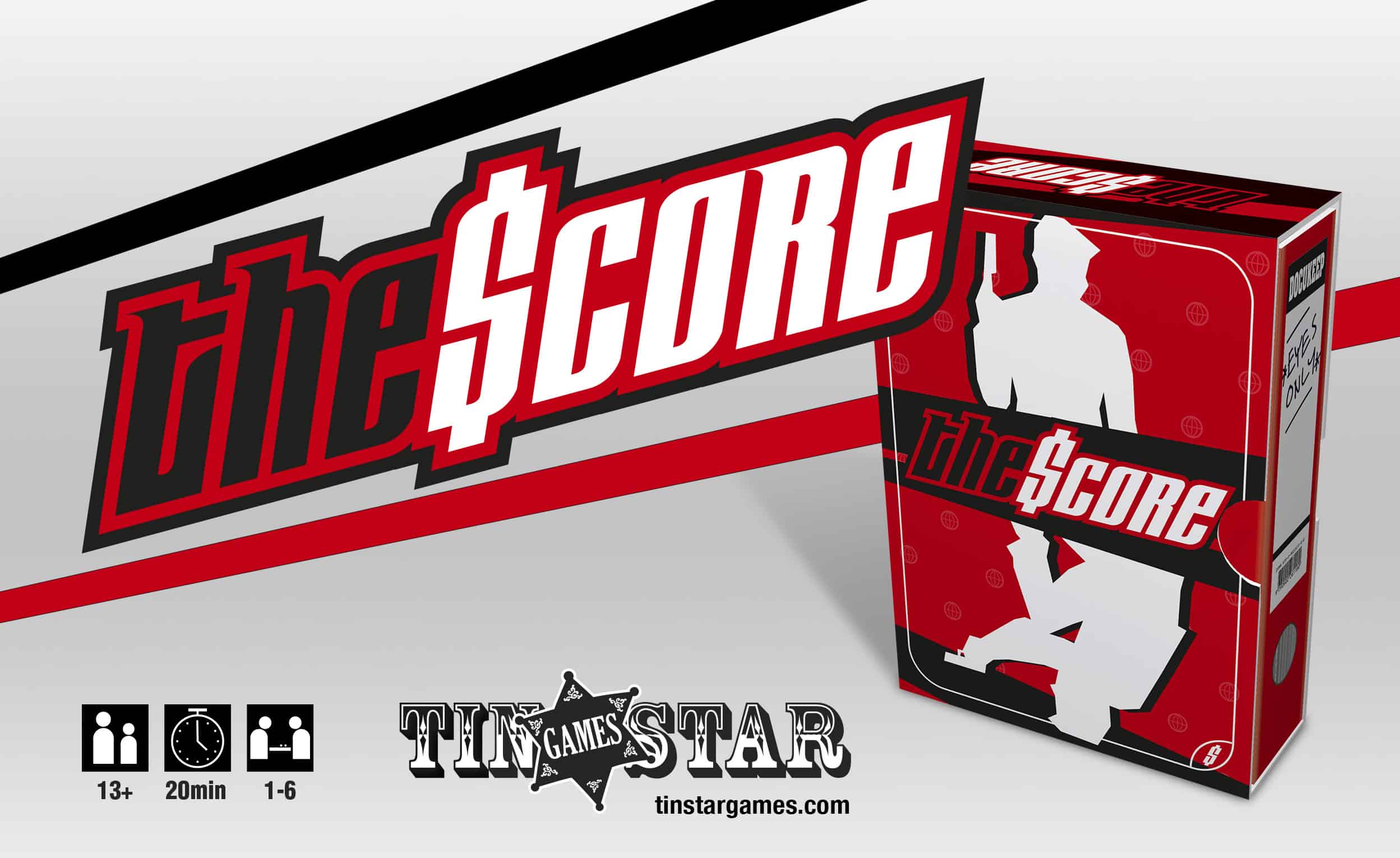
The Score was funded through Kickstarter, do you see a time when you will skip the Kickstarter and go fully self-published, or will the crowd funding model remain the best way to produce independent tabletop games?
I backed my first game on Kickstarter in 2015. It’s been about 10 years since crowdfunding became a major platform, and in the last few years, we’re seeing signs that people are looking for the next step. The novelty has worn off, and people are getting tired of receiving a million boxes. There’s a bit of fatigue with Kickstarter, and we’ve seen three new platforms emerge in the last year.
The question is, what is the next step?
Kickstarter is still delivering, but the landscape has changed since it began. We’re definitely at a point where we’re asking, “What will we do next?” One of the big issues is the global shipping crisis that started with COVID-19.
For those who don’t know, the global shipping system relies on a perfectly timed conveyor belt. Each ship that comes in must have enough space for all the shipping crates to be unloaded, emptied, refilled, and sent back out. When shipping shut down for a few months, it caused a massive buildup of full and empty crates and ships, disrupting the entire system, which has yet to fully recover.
Before, if you shipped 500 games, it might cost $500. Shipping 1,000 would cost $600, and shipping 2,000 would cost $700, so there was very little incremental increase. This flexibility is gone. Now, you have to pay full fare for any kind of shipping, which means your shipping budget can skyrocket with larger orders.
We had to rethink our approach to shipping costs and physical elements. We’ve deliberately made our game components very small to manage these costs.
I want to talk a little more on Relics and how you came up with the concept. Firstly, can you summarise the world of Relics.
Relics originally came from a mix of different sources. I was freelancing on some White Wolf games and others. Unlike Warhammer, I was new to many of the White Wolf books, so I had to do an enormous amount of reading. As we discussed earlier, matching your effort to your income is crucial, and I realized that doing extensive research for small writing jobs wasn’t sustainable.
I thought, if I designed my own setting, all the knowledge would be in my head, eliminating the need for research. For a long time, I wanted to write about angels and demons, a setting I’ve loved since childhood.
The idea probably took shape when I was reading Constantine, Hellblazer comics in 2000 or 2001. I kept revisiting and refining it. I saw a potential market and decided that if I were to create my first RPG, it would be about angels and demons in the modern day, particularly focusing on angels. People often find demons more interesting, but I wanted to highlight angels.
Relics is about fallen angels who weren’t cast out of heaven but came to Earth and found themselves trapped. They believed there might be a way to return home, but the setting starts with God closing the doors between heaven and earth to prevent a final war that could destroy Earth. This leaves all the fallen angels and demons stuck on Earth, cut off from God, and contemplating their next steps and whether to start their own holy war.
The game delves into philosophical questions about morality and our duties as people. The popularity of shows like The Good Place, which also deals with angels and demons, highlights these questions. Relics explores what we should do when we encounter evil or things we want to stop. Unlike typical RPGs where you simply fight criminals or dungeon dwellers, Relics challenges players to think deeper.
For instance, as a fallen angel with a flaming sword and immunity from the police, you must decide who to confront in the streets of Sydney or Melbourne. The game turns conventional questions on their head, prompting players to consider, “What should we do?”

What is the future for roleplaying or storytelling games? Where do you see the future in light of the digitisation of Dungeons and Dragons, the Glimmering and others?
I definitely think we’re in a huge period of flux right now, similar to the late 90s when the Internet revolutionized gaming. We didn’t fully grasp how much it was changing things until about ten years later.
Many people struggle to meet up in person, and there’s growing interest in virtual tabletops. As it becomes harder to gather around a single table with miniatures and graphics, virtual solutions are becoming more appealing. This shift is less challenging for role-playing and storytelling games, which rely less on physical presence.
However, there’s still a strong desire for face-to-face interaction. I foresee a rise in virtual tabletop systems (VTS), more online play, and an increase in recorded game sessions for promotion. Despite the digital trend, there’s an underlying hunger for human contact.
In the long run, we might see more games like Score—simpler card games and RPGs based on shared models. As the burden on game masters (GMs) grows, there will be calls to compensate them for their work, potentially leading to AI-driven GMs. These hybrid models could blend video game elements with traditional board games, where an AI assists the GM.
The desire to gather and tell stories is strong, and we’ll likely see a continued rise in storytelling and role-playing games. This trend is evident in the popularity of Critical Role, where creators have moved away from D&D to develop simpler systems inspired by games like Blades in the Dark.
While complex games will thrive on virtual tabletops, there’s a growing demand for easy, collaborative, and creative experiences with friends. The indie scene is well-positioned to capture this trend. For instance, the next game I’m working on is designed for one to two hours of play, focused on creating a world and a scene with a few friends around a table. It’s accessible, approachable, and can be played both online and in person.
I think this kind of accessibility and collaborative play will be a significant trend in the future.
Where can we find you and your products?
We are Tin Star games all over the place. So that’s tin like the metal star, like the thing in the sky.
Speaking of things in flux, social media is all over the place, so we also have a discord.
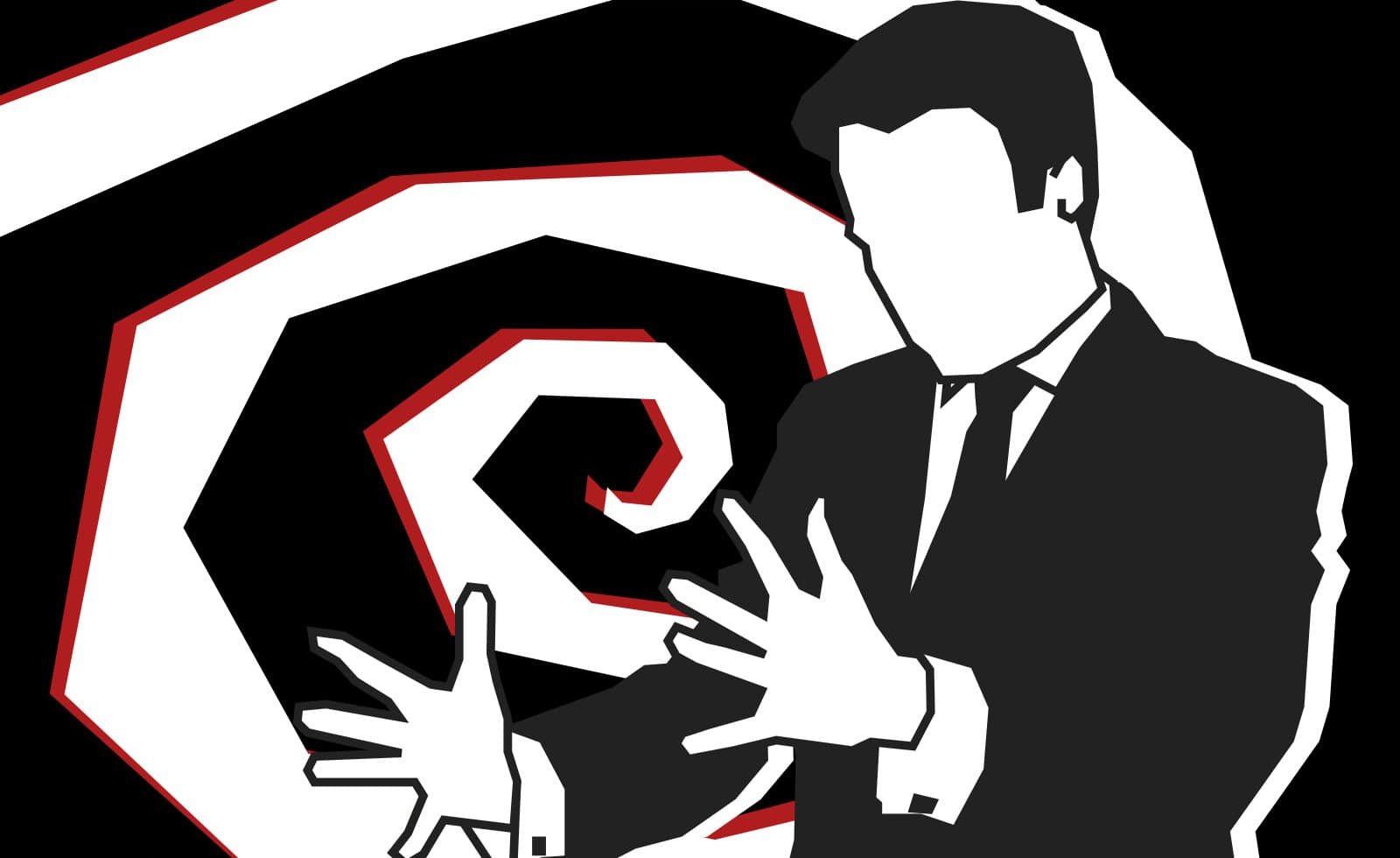
Thanks for your time, Steve, I look forward to catching up again in the near future, maybe at PAX again.
Please consider supporting the author through his “Buy me a Coffee” page, where you can also listen to an interview with Steve from 2019.



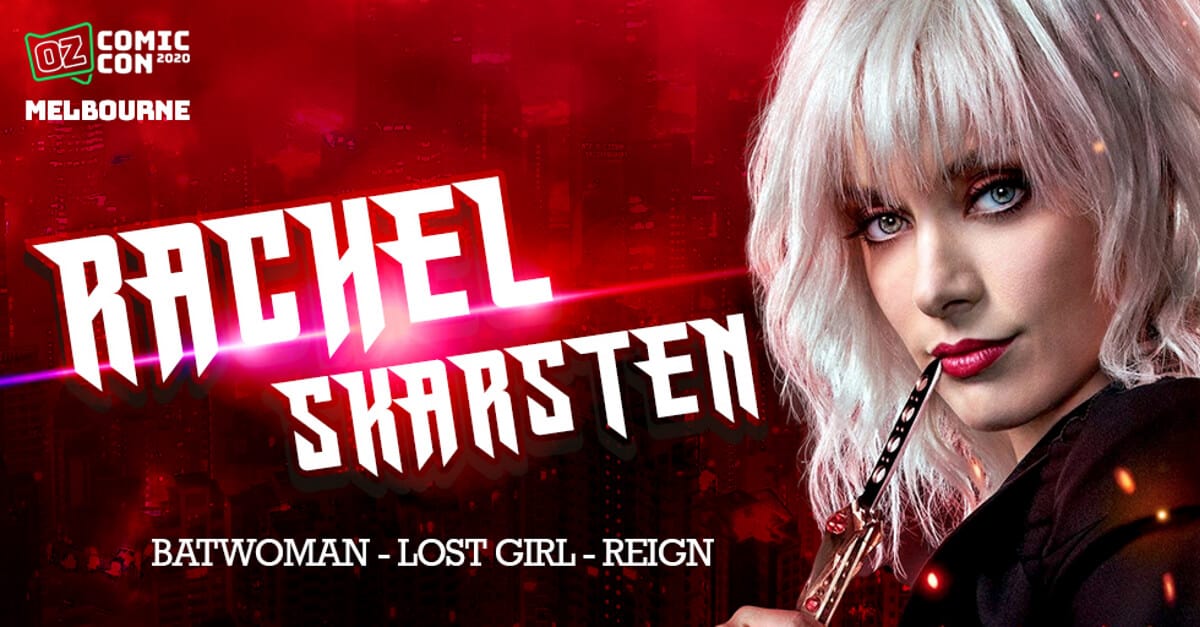
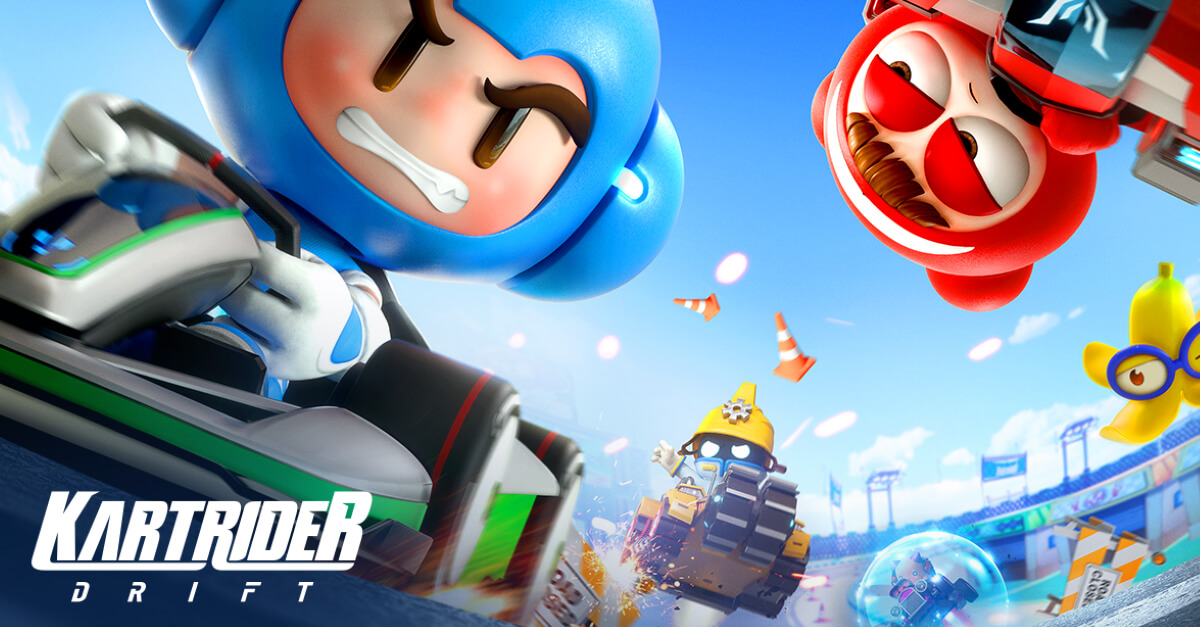

Recent Comments